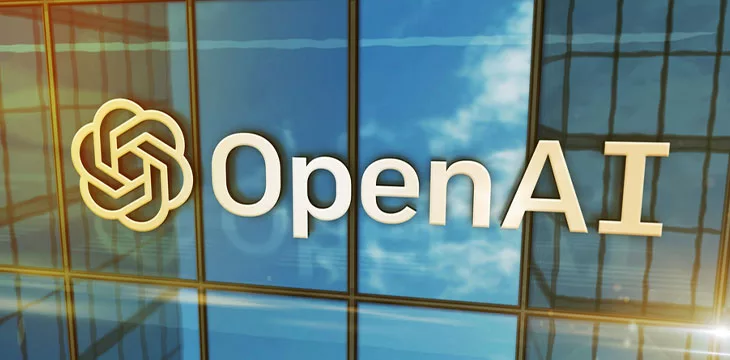OpenAI staff threatens to quit: this phrase has captured the attention of the tech world. The AI research company, known for its groundbreaking innovations, is facing an unprecedented internal crisis. Let’s explore the events that led to this moment and the potential implications for the future of AI.
The Onset of the Crisis
The turmoil at OpenAI began with a startling announcement: the company’s board dismissed CEO Sam Altman and President Greg Brockman, citing issues with communication and trust. This decision, detailed in an internal memo, indicated a breakdown in communication rather than any financial or ethical misconduct. This move sparked a significant backlash from the staff.
Staff Ultimatum: Resignation or Reinstatement
The reaction from OpenAI’s employees was swift and decisive. Approximately 500 of the 700 staff members, including key executives, signed a letter threatening to resign. The letter demanded the resignation of the current board and the reinstatement of Altman and Brockman. This bold move underscores the staff’s dedication to their former leaders and their belief in the original vision for the company.
Microsoft’s Role in the Saga
Adding to the complexity of the situation, Microsoft, a major investor in OpenAI, swiftly hired Altman, Brockman, and several of their colleagues to lead a new advanced AI research team. This strategic move by Microsoft, aligning with their investment in AI technology, presents an interesting twist to the unfolding drama at OpenAI.
The Demand for New Leadership
In their letter, OpenAI employees expressed deep dissatisfaction with the board’s decisions, questioning their competence and alignment with the company’s mission. The staff’s ultimatum is clear: unless the board steps down and the former leaders are reinstated, they are prepared to leave OpenAI and join Microsoft’s new subsidiary.
A Regretful Coup: Ilya Sutskever’s Role
Ilya Sutskever, OpenAI’s chief scientist and a key figure in the board’s decision against Altman, has publicly expressed regret for his actions. His commitment to reuniting the company highlights the internal divisions and the potential for reconciliation within OpenAI.
Conclusion
The “OpenAI staff threatens to quit” situation is more than just an internal dispute; it’s a reflection of the challenges faced by cutting-edge companies navigating the complexities of innovation, leadership, and corporate governance. The outcome of this situation will not only determine the future of OpenAI but also offer insights into the evolving dynamics of the AI industry.


